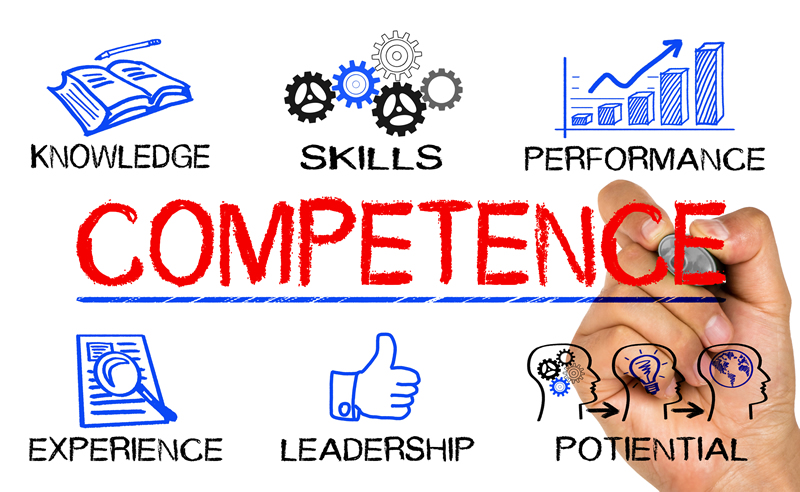
With an ever-growing number of technologies available, as well as globally mobile talent, many companies are turning to their people as a source of competitive advantage. However, if employees aren’t properly educated and trained, then how do you expect them to play a pivotal role in creating and maintaining that “competitive” advantage?
I often hear the terms Education and Training used interchangeably. But they are different. Education addresses the questions of “what” and “why.” Training addresses the question of “how.” Both help maintain competitive advantage.
Take the example of a Supply Planner responsible for planning the production of a product as well as arranging for the availability of its component parts. A myriad of tools can do the math and create a schedule of requirements. And certainly, the Supply Planner must be trained in the proper use of these tools. That’s the “how.” However, how much more powerful would it be if the Supply Planner were also educated in the principles and best practices for integrated planning, supply planning, master scheduling, material requirements planning, etc.? That’s the “what” and “why.” Without that further understanding and context, the supply planner is an “unthinking” planner, and is unlikely to challenge the planning parameters built into the tools. The planner just accepts the answer. Computers are running the business!
Professional education plays a critical role in creating an understanding of best business practices and why those practices are needed. It should also be used to develop a clear understanding of how these processes fit into the overall business management system. Professional education closes gaps in competencies required to achieve strategic objectives and desired process performances. And it is vital to implementing process change.. Without it, the change likely will be blind to best practice and embed dated thinking.
I have seen that when professional education is not imperative or a priority for a company, the company usually struggles to maintain its competitiveness due to:
Slower adaptability in an increasingly dynamic global market
Reduced innovation at all levels
Lagging productivity
Stagnant career paths
Higher turnover and associated staffing costs
Strategic education goes beyond one-off, process-specific initiatives. Visionary leadership invests in continuous education that naturally aligns with the ongoing communication, development, and strategic needs of the business.
There are multiple avenues that companies can use to garner the education needed for sustained competitive advantage.
Which avenue is best for your company? Or perhaps a combination?
-
- Public Courses https://www.oliverwight-americas.com/public-courses
-
- Private Courses and Coaching https://www.oliverwight-americas.com/private-courses
If your company has already been leveraging education as a strategic business advantage, what education initiatives do you find the most rewarding?
COMING SOON! I will publish, this month, a white paper on “Education as a Strategic Advantage: How Education Enables a Winning Business System”. Register to receive an email when it is ready.


